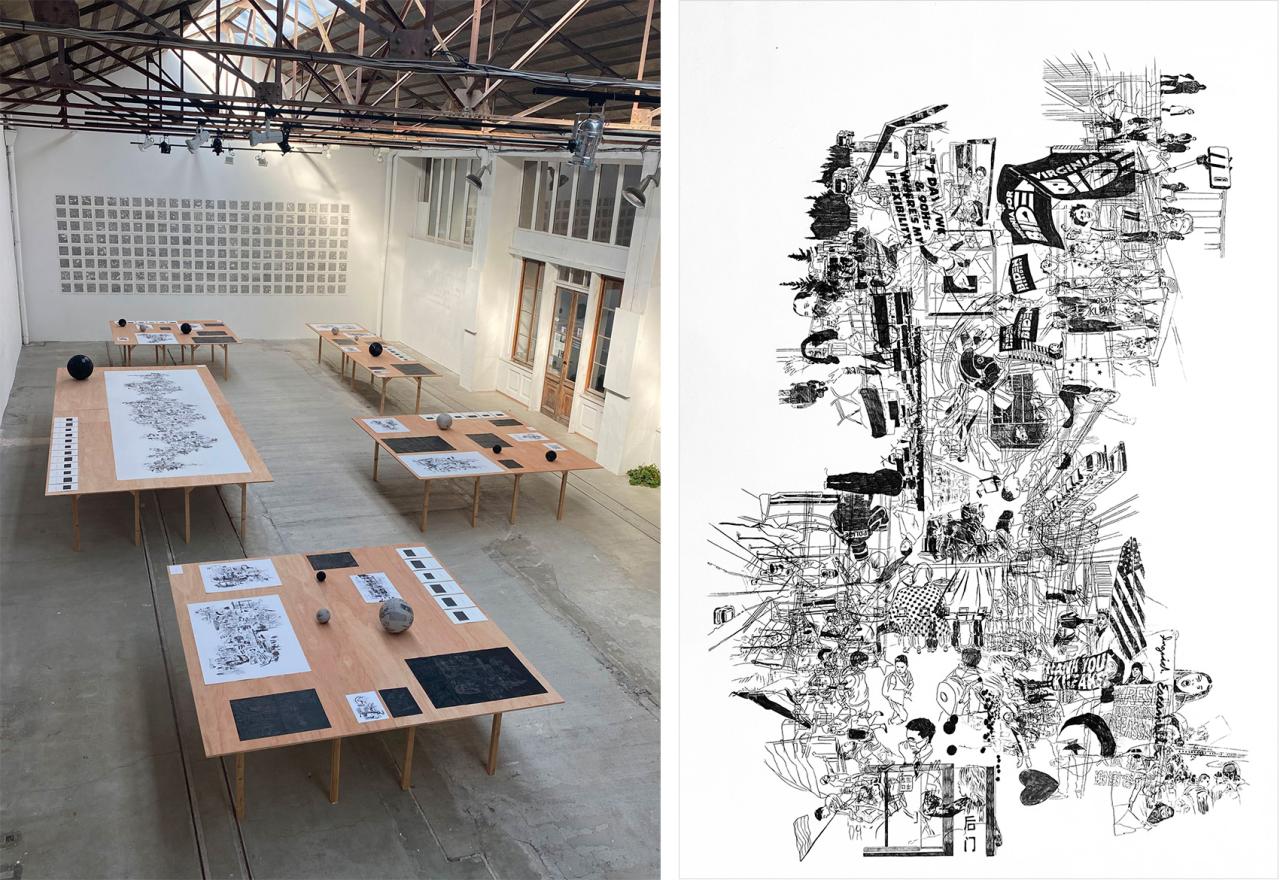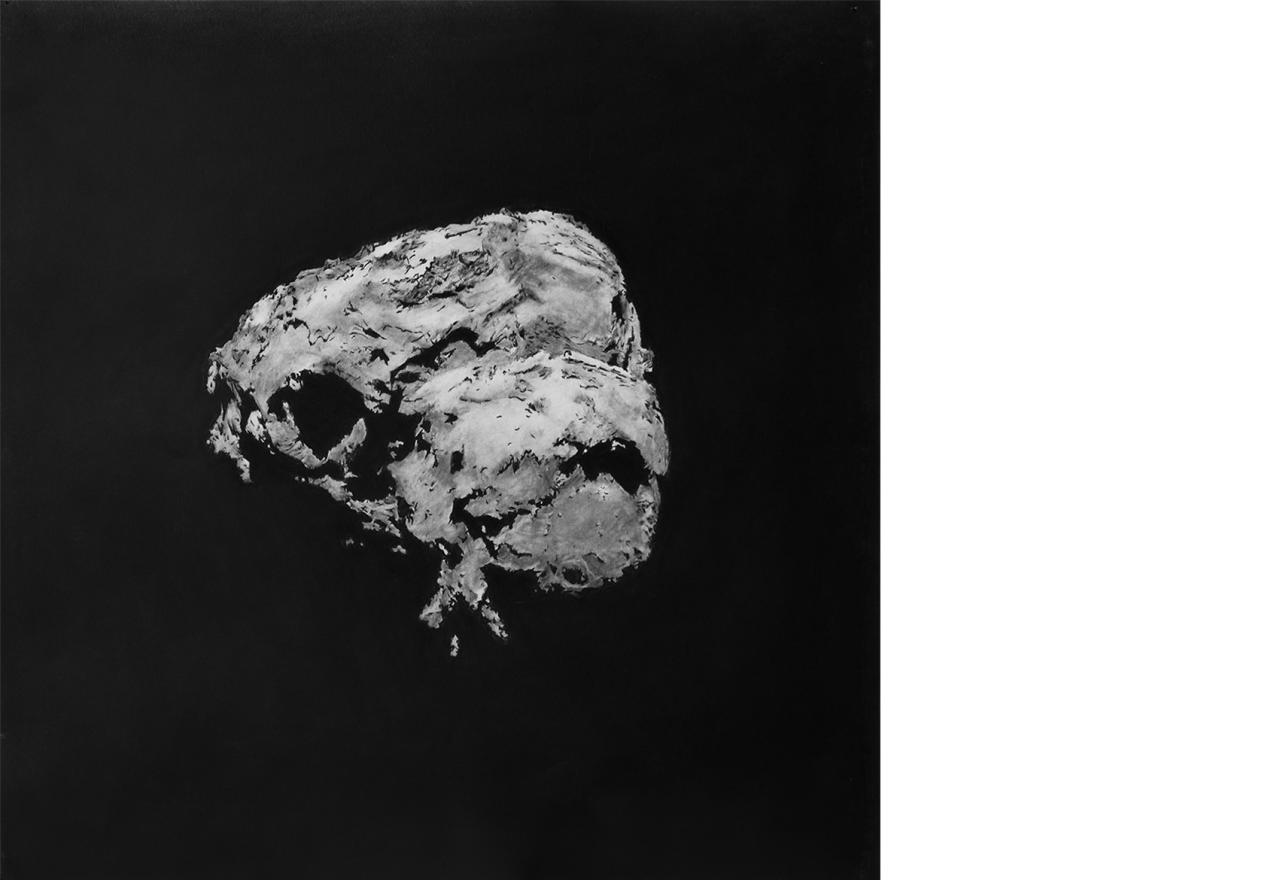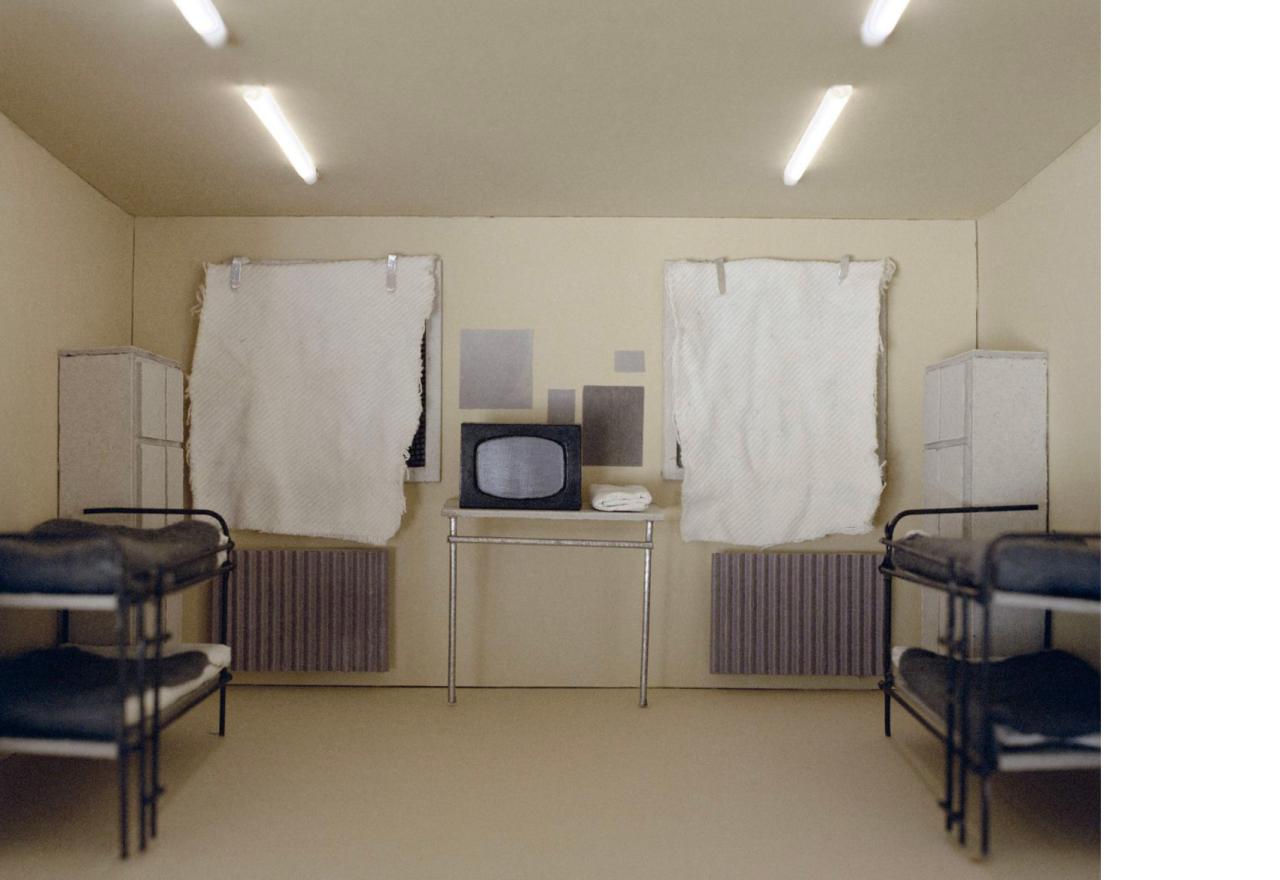Fabienne Ballandras
Born in 1968
Lives and works in Lyon

Carbon drawing on paper, based on images from the newspaper Le Monde, 2020 edition, first half of the year, 110 x 75 cm


Carbon drawing on paper, based on images from the newspaper Le Monde, 2020 edition, first half of the year, 110 x 75 cm
“Fabienne Ballandras’s works usually offer viewers a double access, one problematic, spatial and thus plastic, the other factual, reflecting or announcing a more burning topicality. Her first series resulted from the landscape genre, while at the same time pinpointing ecological issues, well before they overtook every political discourse. More recently, Transfert d’activités questioned the space of the work by reconstructing the theatre of mediatized socio-economic events: offences committed by insiders, closures, relocations of companies, etc. The two series Du fric ou boum and Sentimentale Intellektuelle negotiate a new stage by proposing two possible spaces of social and thus “public” anger: the outer space where social protest is displayed, and the inner, cramped space of prison. […] The artist interweaves time-frames—past and present—not to make an apology for a troubled historical period, but to “slow down” the images, thwarting the immediacy which usually hallmarks them, and thickening the semantic stratification. […].
Up until now, her visual sources were essentially media images which she reconstructed by proceeding by way of the construction of a maquette. One could suppose that the material nature of this slow elaboration made it possible to bring back to the image’s surface that “fertility of the document”, which, according to Walter Benjamin, modern photography addressed. But here we find a point of documentary purism: although highly informed about her subject, Fabienne Ballandras is not looking for the authentic document or the original image. In order to make the image denser still, she does not shrink from making the construction procedure more complex, and blurring the origins by translating one expression by another—the photographic image by painting and drawing, the word and the text by photography and sculpture. […] If this heterogeneity informs her works, it also enables the artist to put her subject at a distance but without being freed of all humanity: the images remain generic, but the materiality and the aesthetics, which are cobbled together and deliberately visible, suggest all their fragility, not to say absurdity, because wit is not absent from this manual intervention.” […]
Excerpt from the essay by Anne Giffon-Selle, in Sentimentale Intellektuelle, published by the French Institute in Stuttgart, in partnership with art3, Valence, 2010
Translated by Simon Pleasance, 2015